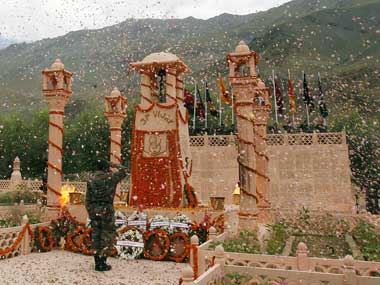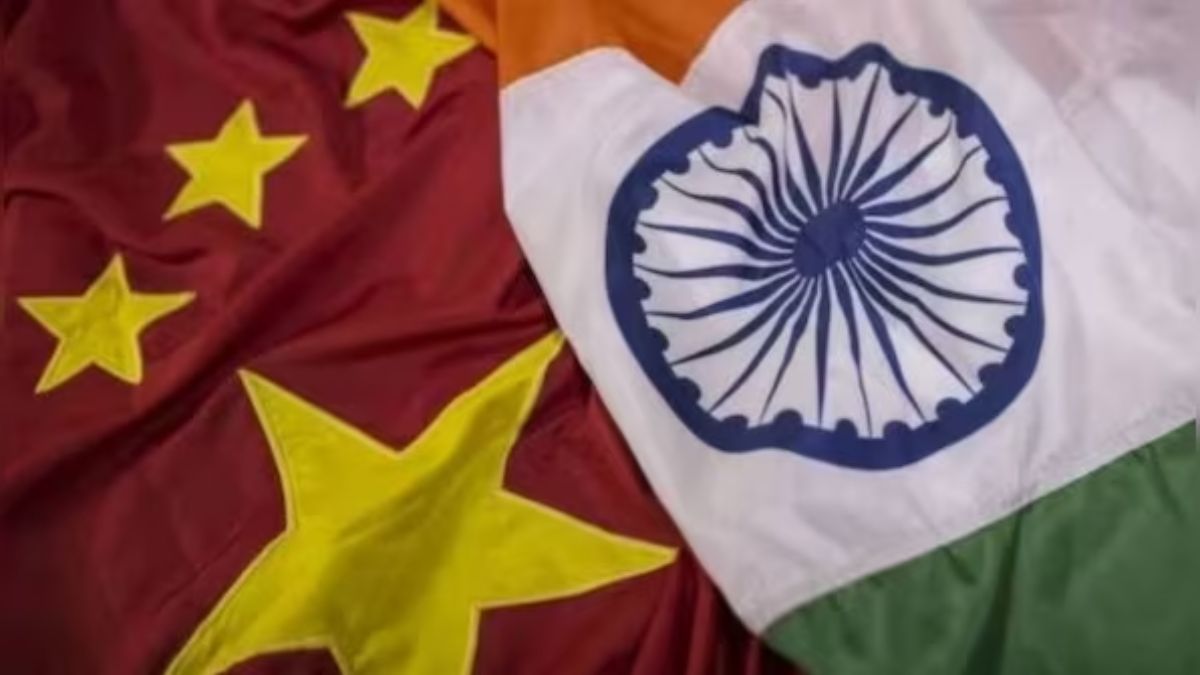Much has been written about the Kargil war. And much needs to be written about this conflict which was unique in its nature. Apparently the limited theatre of the war imposed unilateral restrictions on India though Pakistan had been prosecuting the war on the sly.
There is little doubt that the project undertaken by a noted military-historian Srinath Raghvan to write the official history of the Kargil conflict is expected to throw new light on the hitherto hidden aspects of the war. Now the question arises – will the refusal of the top army brass to part with operational details prove to be an impediment? Of course, war creates not only a history but also mythology. Seventeen years ago, Kargil happened in the backdrop of an outstanding peace initiative by the then prime minister Atal Bihari Vajpayee, who went to Lahore and held talks with his counterpart Nawaz Sharif. The apparent bonhomie between the two leaders could hardly conceal the underlying rancor of the Pakistani Army which had launched a secret operation to occupy the glacial heights and cut off the Indian supply route after Zozilla pass in the Himalayan hill. The story of Indian valour and Pakistan’s perfidy are the usual stuff that the Kargil narrative is usually made of. Yet there is a serious scope of official historiography, which has not been covered, in the written material on the conflict. Though there are voluminous account of the war contained in the review committee on Kargil war headed by noted strategic expert K Subrahmanyam, a candid official narrative remains elusive.
For instance there is no official word on the fact whether or not the air force insisted on going across the border to attack Pakistani positions. As a reporter, who covered the conflict in Kargil and interacted with policy-makers at the top at that time, I was convinced that prime minister Vajpayee was singularly responsible for not allowing the India Air Force to go across Pakistan and escalate the tension. However, of late, versions have appeared which are at variance with the established beliefs. New reports have come in about the Air Force’s insistence on allowing scope to go across the border for operational efficacy. Of course, the decision to exercise restraints in the face of grave provocation paid rich dividends as the international community forced Pakistan to blink and withdraw its regulars who occupied certain peaks and could not militarily evicted. Though Vajpayee took a tough stand in refusing the mediation efforts by United States and declined president Bill Clinton’s request to visit Washington and sort out the issue with Sharif, it remained a mystery till date as to why did India agree to allow Pakistan to withdraw its soldiers. Apparently Pakistan’s position was quite precarious at that point of time and India could have easily followed hot-pursuit to neutralise intruders.
But sagacity of Vajpayee did not allow the defence forces to take that route. In the cabinet, a strong section was in favour of not letting Pakistan go without serious cost. India had already accounted for 474-odd soldiers killed and 1,109 wounded. Pakistan’s loss was much more as compared to India. Yet any keen student of war history would like to know – was it the case of a wasted opportunity to settle the issue once and for all with a recalcitrant neighbour like Pakistan? At the same time, it is still in the domain of ambiguity as to how Pakistan had played its nuclear card. In the Kargil review committee, it has been clarified that Pakistan’s confidence emanated from the assessment that India would hesitate to attack Pakistan for fear of escalation of the war into a nuclear conflagration. But they did not factor in Vajpayee’s resolve to fight the battle within a limited theatre and win on its own term. But there is little evidence and official record to reveal about the assessment of the defence establishment if Kargil conflict would have escalated into a full-fledged war. Were we prepared for that? Obviously the inability of the army leadership to part with the operational details for the recorded history of what is called India’s fourth war with Pakistan would add a degree of opaqueness to the effort. But there is a strong conviction in the defence establishment that the revelation of operational details in the official history would compromise India’s bargaining position in border areas where international borders are still not clearly defined.
This is the precise reason that the Hendersen Brooks-Bhagar report that analyses the causes for Indian military’s fiasco in the war with China in 1962 is still shrouded in secrecy. None of the defence ministers had ever tried to reveal its contents even though they may have demanded transparency in their earlier role as opposition leaders. By all indications, a certain part of Kargil operation details would remain secret. But the official history of Kargil by Raghvan promises to be one of the most interesting war-chronicle of the recent times.


)




)
)
)
)
)
)
)
)